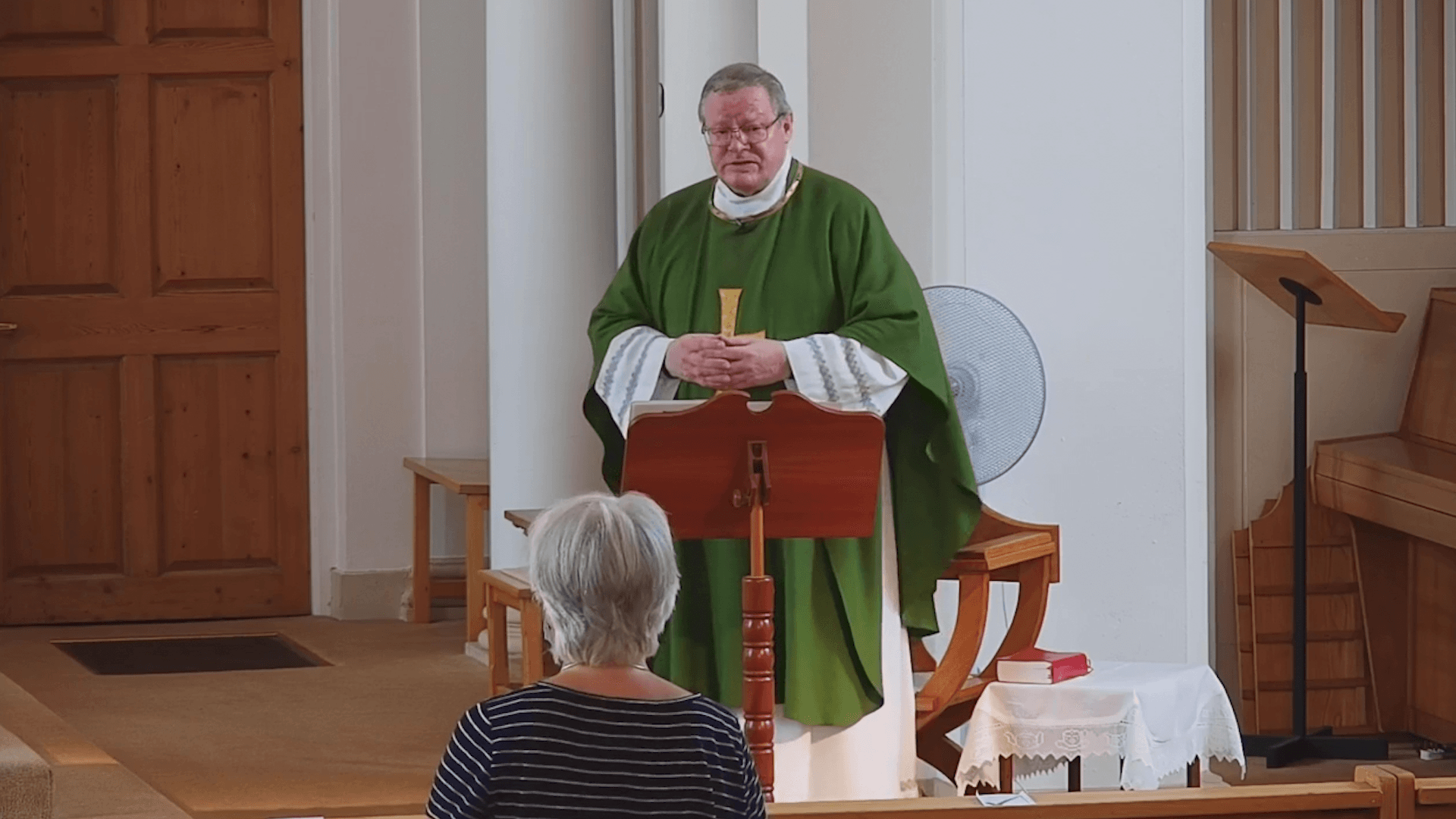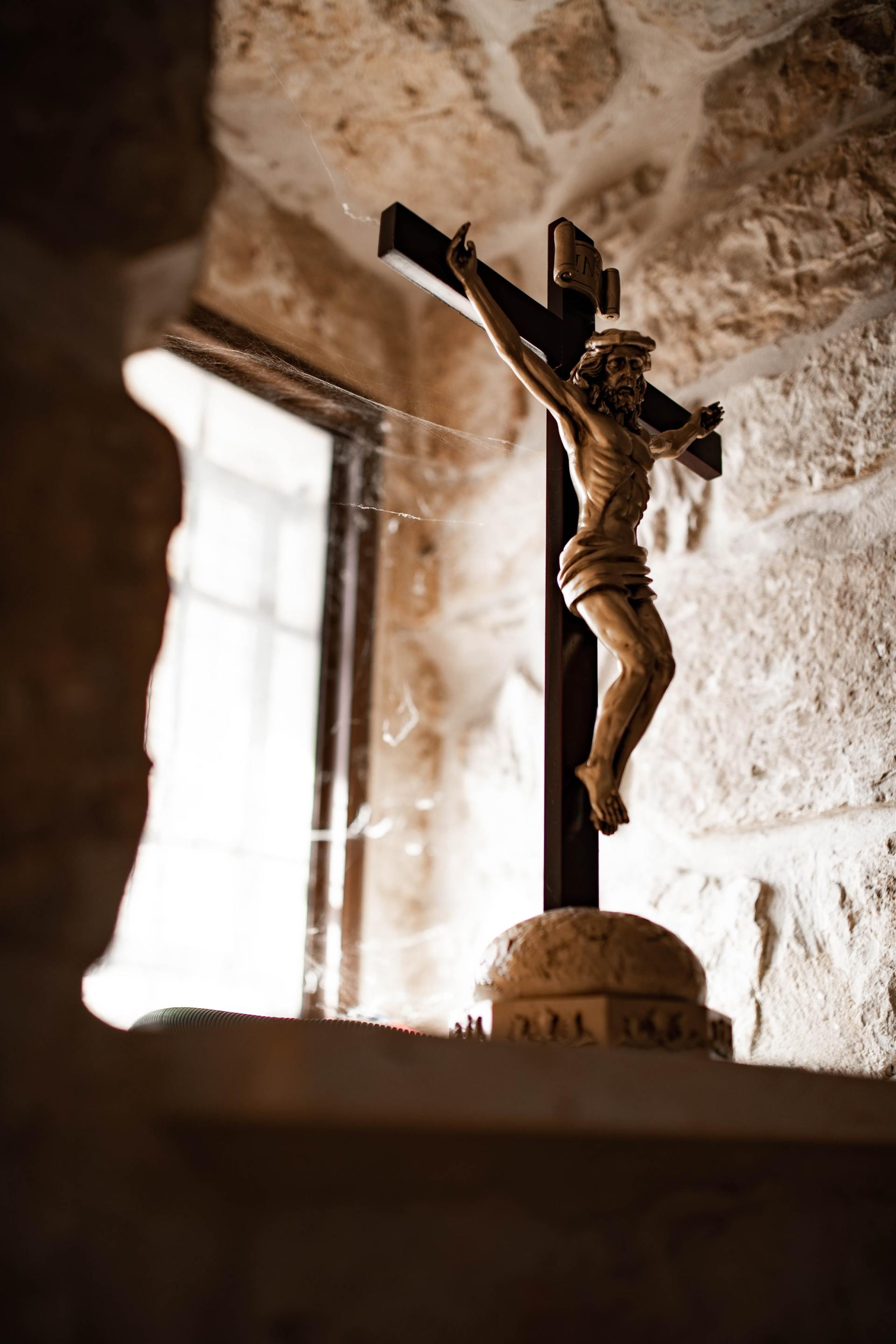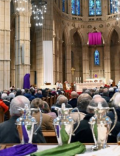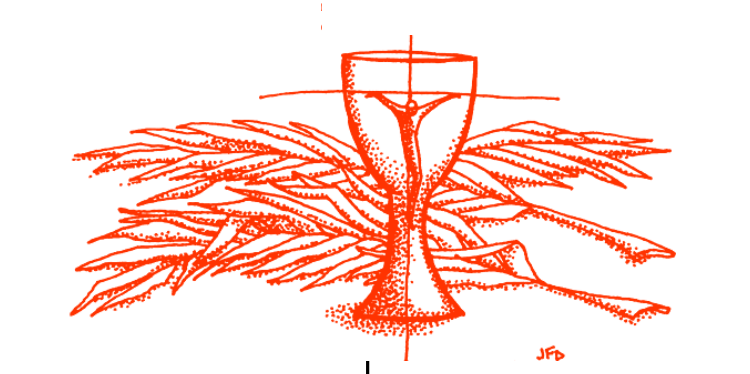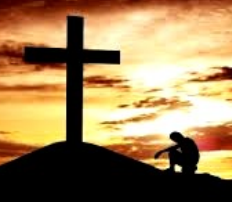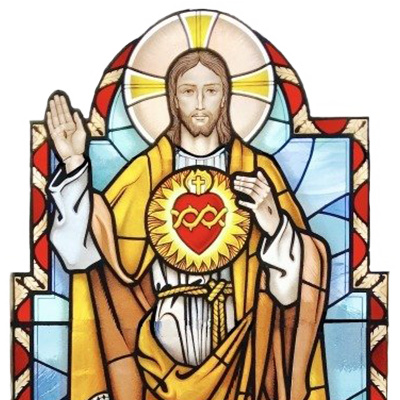19th September 2021

On one occasion after the composer Robert Schumann had played a very difficult étude, one of his listeners asked him to explain the piece. Schumann replied by sitting down at the piano and playing the same étude a second time. This weekend’s gospel may seem to be like Schumann’s reply - a repeated performance for disciples who appear not to have heard much of what Jesus told them in his first passion prediction. But Mark also plays some significant variations on the theme of the gospel we heard last Sunday. The crowds have gone, and Jesus is journeying with his disciples, focussing his full attention on them - and they need it! In the verses immediately before this reading they have rather accusingly asked Jesus why they could not cure the epileptic boy, to which Jesus’ response implies that it was because of their lack of prayer and faith.
Jesus again names himself as the Son of Man, with memories of the Daniel figure (Daniel 7:13-14) who comes to announce the end of one age and the beginning of another. Jesus looks beyond his earlier reference to rejection by the elders, the chief priests, and the scribes, and says that he will be “handed over to men” to be put to death, and in three days will rise again. Silence, dense and dumb, descends on the disciples. This time not even Peter summons up an argument. They don’t understand what Jesus is saying and, what is worse, they are afraid to ask and learn what Jesus means - and what might be the implications for them if they keep on following a master who seems headed for suffering. We too know the temptation in difficult times to stop questioning and questing, and to hope that the disturbing problems will go away and leave us to a complacent life in our comfort zones. Jesus will not allow this, so when they are alone together, “inside the house,” he questions the Twelve who, “on the way” of increasingly obtuse discipleship, have miraculously found their tongues in order to argue with one another about which one of them is the greatest! The silence thickens. It is as though the disciples have been deaf to everything that Jesus has said about his vulnerability and powerlessness. So Jesus sits down, taking up the position of a rabbinical teacher, and calls the Twelve to himself just As he had done initially (Mark 3:13). They need to be shocked out of their competitiveness and power-seeking, not by reprimand but by reversal, by action that will proclaim that, in the reign of God, to be first is to be last of all and servant of all. Gloomy silence gives way to astonishment when Jesus does what would be almost inconceivable in first-century Palestinian culture, where children, along with women and slaves, had almost no social status. In front of his twelve adult male disciples, Jesus wraps his arms around a disregarded child. Only one other time in the New Testament is such an intimate gesture mentioned - the father’s welcoming embrace of the returning Prodigal Son (Luke 15:20). Here “inside the house,” a symbol of the domestic church, is a parable in action which teaches that what should characterise the ecclesial household is inclusion and equality, not exclusion and superiority.
